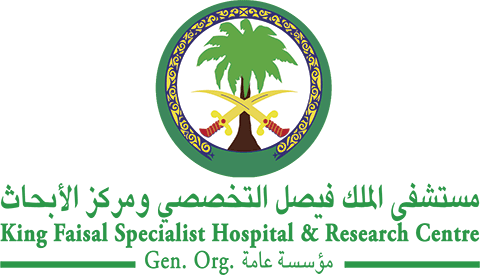Abstract
Background and objective: Autologous hematopoietic stem cell transplant (aHCT) has become standard care for patients with multiple myeloma (MM). Outpatient aHCT with high-dose melphalan conditioning has reduced costs and length of hospital stay. This study aimed to highlight the effectiveness, safety, and cost implications of outpatient vs inpatient aHCT at a tertiary academic medical center, as well as the utility of growth factor use in these patients. Patients and methods: Using an institutional HCT database, a total of 100 patients undergoing aHCT for MM were identified; 50 patients who underwent aHCT in the outpatient setting (chemotherapy and stem cell infusion followed by inpatient admission if needed) were compared with 50 patients in the inpatient setting (chemotherapy and stem cell infusion followed by discharge to outpatient setting). Patients were excluded if the melphalan dose was less than 200 mg/m2. Outcomes assessed through retrospective chart review included time to engraftment, incidence of infection, febrile neutropenia, growth factor use, and total length of inpatient stay through day þ100. Results: Time to neutrophil and platelet engraftment was shorter in the outpatient group than in the inpatient group (14 vs 16 days and 19 vs 21 days, respectively; P < 0.001). Median length of hospital stay was also shorter in the outpatient group (8.5 vs 15.5 days, respectively; P < 0.001). Ninety percent of the outpatient group required admission for neutropenic fever, and 60% of these patients received growth factor support starting at a median of 9 days after stem cell infusion, for a median duration of 4 days. Compared to 16 patients who did not receive growth factor support, these patients had a significantly shorter time to neutrophil recovery (13 days with vs 15 days without growth factor, P ¼ 0.02) and no difference in the total length of hospital stay (8 days with vs 10 days without growth factor, P ¼ 0.43). Conclusion: For adult patients with MM undergoing aHCT, the outpatient setting is safe and reduces the total length of hospital stay and thus overall transplant costs. Growth factor support for patients with febrile neutropenia may not reduce length of stay for subsequent hospitalizations.
Recommended Citation
Marini, Jessica; Maldonado, Andy; Weeda, Erin; Neppalli, Amarendra; Hashmi, Hamza; and Edwards, Kathy
(2022)
"Effectiveness, safety and cost implications of outpatient autologous hematopoietic stem cell transplant for multiple myeloma,"
Hematology/Oncology and Stem Cell Therapy: Vol. 16
:
Iss.
4
, Article 9.
Available at: https://doi.org/10.56875/2589-0646.1038
Creative Commons License

This work is licensed under a Creative Commons Attribution-Noncommercial-No Derivative Works 4.0 License.
Included in
Cancer Biology Commons, Hematology Commons, Oncology Commons

